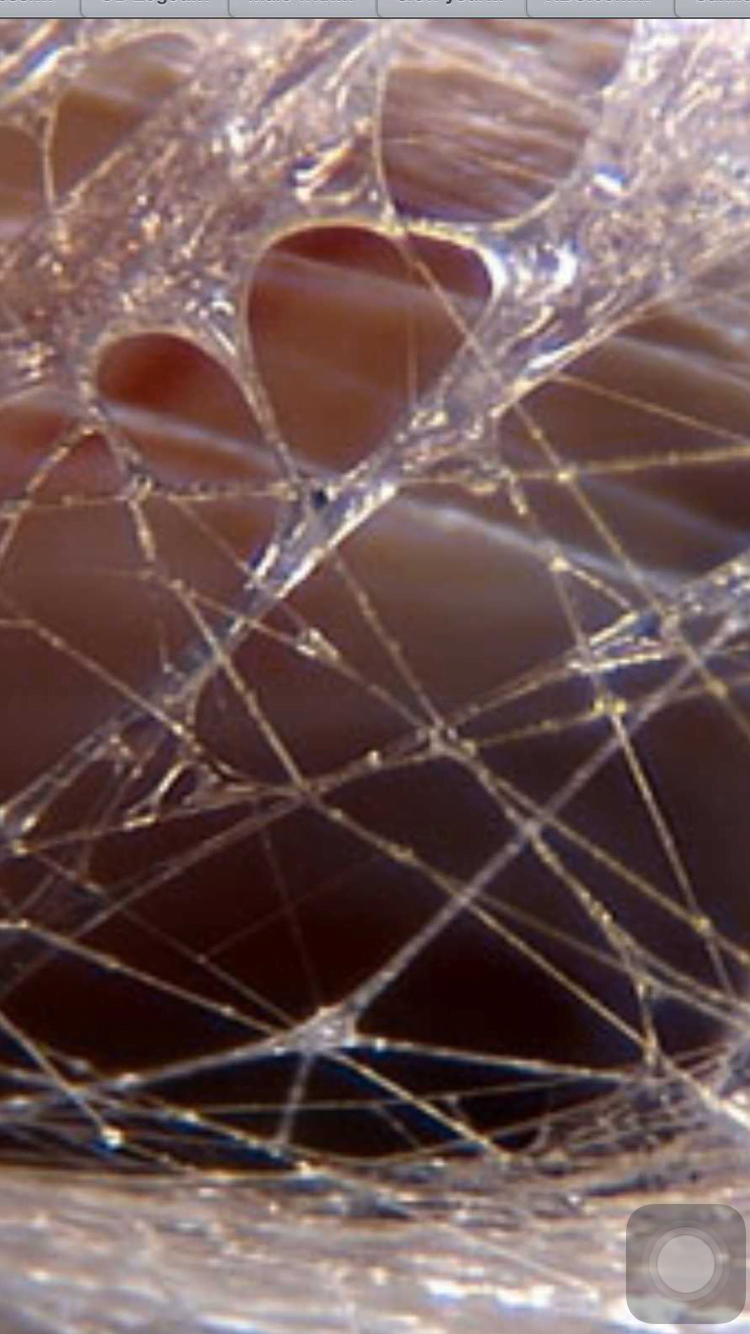Myofascial Release

Myofascial Release
Myofascial Release is a technique used by physical therapists to relieve pain and improve physical functioning. At the base of the theory of Myofascial Release is an understanding of the fascial system (or connective tissue).
The fascia is a specialized system of the body that has an appearance similar to a spider’s web or wool sweater. Fascia is very densely woven. It lines and covers nearly everything inside our bodies. It surrounds every muscle bone, nerve, artery and vein as well as all of our internal organs including the heart, lungs, brain and spinal cord.
The most interesting aspect of the fascial system is that it is not just a system of separate coverings. It is actually one structure that exists from head to foot without interruption. There is actually just one single fascial sheath that essentially has pockets, one for each structure. In this way, you can begin to see that each part of the entire body is connected to every other part of the fascia, like the yarn in a sweater.
Fascia also plays an important role in the support and structure of our bodies. Because it surrounds and attaches to all structures within the body, it functions like the guide wires used to hold up a tent. The bones are actually passive structures in the support of our bodies. They would not be able to provide the stability that they do without the constant pull of the fascia upon them. In fact, our bones can be thought of as tent poles, which can not support the structure without the pull of the guide wires (or fascia) to keep the proper amount of tension to allow the tent (or the body) to remain upright with proper equilibrium.
In the normal healthy state, the fascia is relaxed and wavy in configuration. It has the ability to stretch and move without restriction. When we experience physical trauma, however, the fascia loses a little bit of its pliability. It becomes tight, restricted and a source of tension to the rest of the body.
Trauma, such as a fall, a bump, whiplash, surgery or just habitual poor posture over time has a cumulative effect. These effects begin in infancy and continue through childhood and into adult life. The changes they cause in the fascial system influence the skeletal framework for our posture. They affect our flexibility and play a determining factor in our ability to withstand stress and strain in our normal everyday activities as well as when we are involved in strenuous activity or in an accident.
